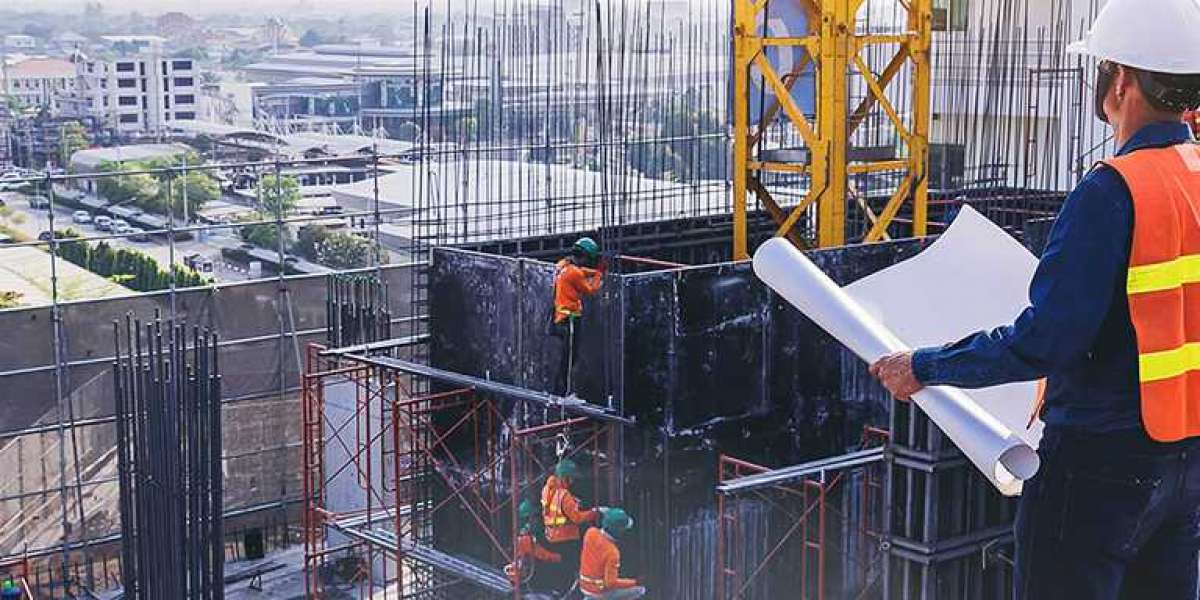When it comes to constructing a stable and durable building, the foundation plays a crucial role. RCC (Reinforced Cement Concrete) footing is one of the most reliable and widely used foundation techniques, ensuring strength, stability, and longevity for structures. Understanding the different types of RCC footing is essential, whether you’re building a home, an office, or an industrial complex.
If you’re planning a construction project and seeking guidance from the best builders in Bangalore, this guide will help you gain insights into the top RCC footing types and their applications. With Teamhome’s expertise in construction and engineering, you can make informed decisions to achieve a sturdy and cost-effective structure.
What Is RCC Footing?
RCC footing is a structural element that transfers the load of a building to the ground. It is made by reinforcing concrete with steel bars, ensuring the structure can bear heavy loads while resisting forces like tension and compression. Properly designed RCC footing is vital for preventing settlement and ensuring the long-term safety of a building.
The choice of RCC footing depends on factors such as soil conditions, load distribution, and the type of structure being built. Let’s explore the top 5 types of RCC footing commonly used in construction.
1. Isolated Footing
Isolated footing, also known as pad footing, is one of the simplest and most widely used types of RCC footing. It supports individual columns and is used when the loads from the structure are not excessive and the soil has adequate bearing capacity.
Key Features:
- Design: Square, rectangular, or circular in shape, depending on the column dimensions.
- Application: Ideal for buildings with light loads or where the columns are spaced far apart.
Advantages:
- Economical and easy to construct.
- Suitable for small to medium-sized buildings.
For homeowners looking to construct their dream house, partnering with the best builders in Bangalore, like Teamhome, ensures proper design and execution of isolated footing for long-lasting strength.
2. Combined Footing
Combined footing is used when two or more columns are close to each other, and their footings overlap. This type of RCC footing is also employed when property boundaries prevent the use of isolated footings.
Key Features:
- Design: Rectangular or trapezoidal to ensure equal load distribution.
- Application: Common in areas with space constraints or uneven soil conditions.
Advantages:
- Ensures uniform load transfer between closely spaced columns.
- Provides better support for structures in narrow plots.
When you collaborate with the best builders in Bangalore, like Teamhome, you can rest assured that even challenging site conditions will be handled with precision, ensuring safety and compliance with local building codes.
3. Strip Footing
Strip footing, also known as wall footing, is designed to support load-bearing walls rather than individual columns. It distributes the weight of the structure evenly along the wall’s length.
Key Features:
- Design: Continuous rectangular strip beneath the walls.
- Application: Used in residential buildings and small commercial projects.
Advantages:
- Cost-effective and easy to construct.
- Suitable for buildings with uniformly distributed loads.
Teamhome, known as one of the best builders in Bangalore, has extensive experience in designing and constructing strip footings, ensuring cost-efficiency without compromising on quality.
4. Raft Footing
Raft footing, or mat footing, involves constructing a large slab that covers the entire building footprint, distributing the weight of the structure evenly. It is often used for buildings with heavy loads or when the soil has a low bearing capacity.
Key Features:
- Design: A thick concrete slab reinforced with steel bars.
- Application: Ideal for multi-story buildings, industrial structures, and areas with weak soil.
Advantages:
- Reduces differential settlement.
- Provides stability in poor soil conditions.
Raft footing is a highly effective solution for large-scale projects, and with Teamhome’s expertise, your construction will have a solid foundation designed to withstand diverse challenges.
5. Pile Footing
Pile footing is used when the soil at shallow depths cannot support the building’s load. Piles are driven deep into the ground to transfer the load to a more stable soil layer or bedrock.
Key Features:
- Design: Consists of reinforced concrete columns (piles) connected by a pile cap.
- Application: Used in high-rise buildings, bridges, and structures in waterlogged areas.
Advantages:
- Offers excellent support for heavy and complex structures.
- Ensures stability in areas with loose or compressible soil.
When constructing large-scale projects, the best builders in Bangalore, such as Teamhome, ensure the precise execution of pile footing to meet engineering and safety standards.
Why Choose Teamhome for Your RCC Footing Needs?
At Teamhome, we take pride in being among the best builders in Bangalore. Our experienced team specializes in designing and constructing robust RCC footings tailored to your project’s requirements. Here’s why you should choose Teamhome:
- Expertise: Years of experience in handling diverse construction projects.
- Quality: Use of high-grade materials and adherence to stringent safety standards.
- Customization: Tailored solutions to suit your site conditions and structural needs.
- Cost-Effective: Affordable pricing without compromising on quality.
Whether you’re building a residential property, a commercial space, or an industrial complex, our expertise in RCC footing ensures your project’s foundation is strong and durable.
Factors to Consider When Choosing RCC Footing
Selecting the right RCC footing involves evaluating several factors:
- Soil Type: Understanding soil properties is crucial for designing a stable foundation.
- Load Distribution: The type and magnitude of loads determine the suitable footing type.
- Space Constraints: In urban areas, limited space may influence the choice of footing.
- Budget: Ensure the footing type aligns with your budget while meeting structural requirements.
Teamhome’s expert engineers can guide you through these considerations, ensuring your project’s success.
Conclusion
Understanding the various types of RCC footing is vital for constructing safe and long-lasting structures. From isolated footing for smaller projects to pile footing for large-scale constructions, each type serves a unique purpose.
If you’re planning a construction project, partnering with the best builders in Bangalore, like Teamhome, ensures that your foundation is designed and executed with precision and expertise. With our commitment to quality, innovation, and affordability, we’ll help you achieve a sturdy and reliable structure that stands the test of time.
Ready to build your dream project? Contact Teamhome today for professional guidance and exceptional construction services







